In the fast-moving business world, success comes to those who stand out. Companies must continuously innovate, adding unique features and delivering distinct products or services to attract and retain customers in a crowded market.
Securing a competitive edge is crucial for every business, as it positions your company and its offerings as the preferred choice in the marketplace.
This article explores two critical advantages that can inform an effective business strategy, offering your company a competitive boost in the market.
What Is Competitive Advantage?
A competitive advantage enables a company to differentiate itself by offering products at lower prices or in a manner that’s more appealing to consumers, leading to either a comparative or a differential advantage.
• Comparative Advantage
This occurs when a company can manufacture goods or offer services at a lower expense than its competitors, enabling it to sell at reduced prices or earn larger profit margins.
Elements that contribute to this advantage comprise economies of scale, improved efficiency of internal processes, and a geographic area with lower labour or operational expenses.
• Differential Advantage
This type arises when a company’s products or services are distinct and considered superior to its competitors.
This advantage is often the result of advanced technologies, patented products, organisational processes that are more efficient (for example, better-equipped and trained personnel), or greater brand loyalty.
A company selects its business strategy based on whether it seeks a comparative or differential advantage. Upon securing a competitive advantage, management must focus on further development and sustainability of this advantage.
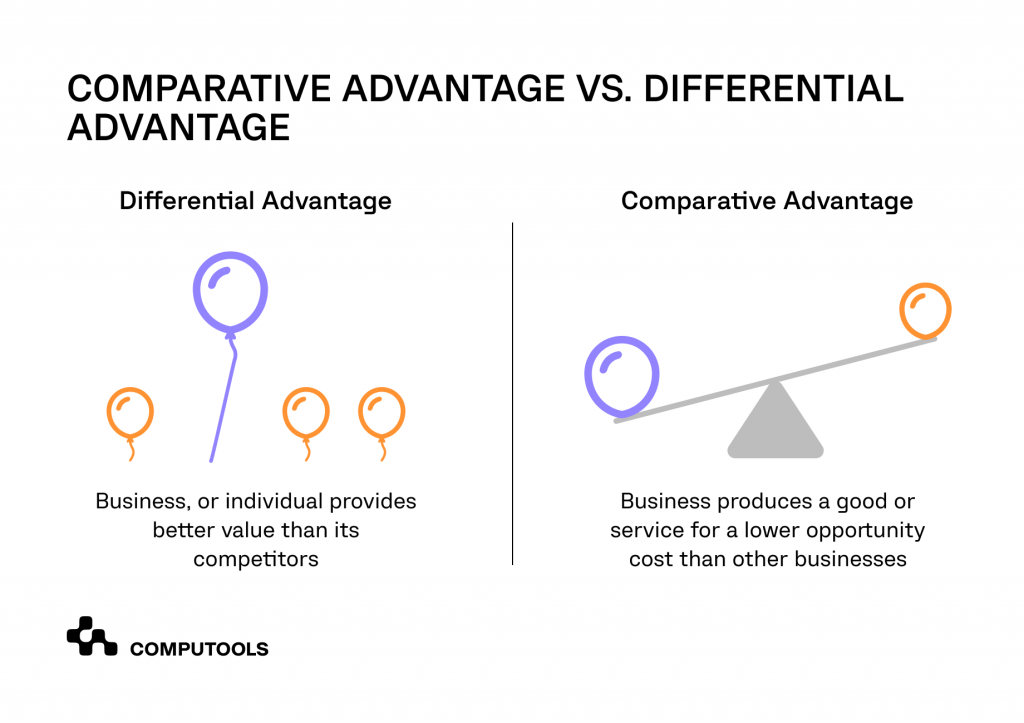
Strategic Positioning for Competitive Advantage
In order to secure a competitive advantage, it’s vital to grasp the basics of market positioning, also referred to as brand positioning. To do this, a company must deeply understand the industry in which it operates and the demand within it.
This understanding comes from comprehensive industry analysis, which allows the company to place itself ahead of competitors strategically.

In markets with varied consumer preferences, simply differentiating from competitors by targeting a specific market segment and tailoring products or services to its unique needs can be effective.
However, companies often face an important decision: prioritise their offerings’ quality or cost-efficiency.
A company’s competitive advantage rests on its distinctive market position or superior internal capabilities. Therefore, a company must excel in at least one of these areas to surpass competitors.
This requires conducting in-depth research to understand better and respond to consumer needs and behaviours, aiming for a stronger market position, or investing in enhancing internal resources to offer higher-quality products or services at lower costs.
By focusing on these strategic areas, a company can not only distinguish itself in a crowded market but also sustain its competitive advantage over time.
Price and Quality Balance
The quality and price of goods or services your business offers are other essential factors in building a successful competitive advantage strategy.
The quality and price strategy highlights how a company can set itself apart by offering high-quality products or services or competing at low cost.
To enhance the quality of its offerings, a company might need to accept higher costs and, consequently, charge higher prices. This raises a critical decision: should the company focus on quality, cost, or a balance of both?
Basically, a company’s profitability increases when it effectively differentiates its offerings from those of its competitors. The quality and price framework guides a company in determining how it can differentiate its products based on production technologies and associated costs.
It is important to note that the ideal market positioning also depends on understanding consumer preferences or the demand structure, reflecting how much customers are willing to pay for various levels of quality and price.

The Power of Network Effects in Shaping Competitive Dynamics
Another important factor influencing competitive advantage is network effects.
Many technology product and service markets operate on a “winner-takes-all” basis, where a single standard or just a few of them dominate. In these industries, external network factors play a key role.
This means that a user’s decision to pay for a product or service can be influenced by how many others use similar products or services.
For instance, communication platforms like Skype or Facebook become valuable to users only when a significant number of people use the same platform.
This phenomenon, called the network effect, can also result from complementary product effects. In this case, a user may not be concerned about others directly adopting the product but about how that adoption impacts the availability of related products.
Consider apps designed for specific electronic devices. As more people use the device, more apps become accessible for it, increasing its value for users.
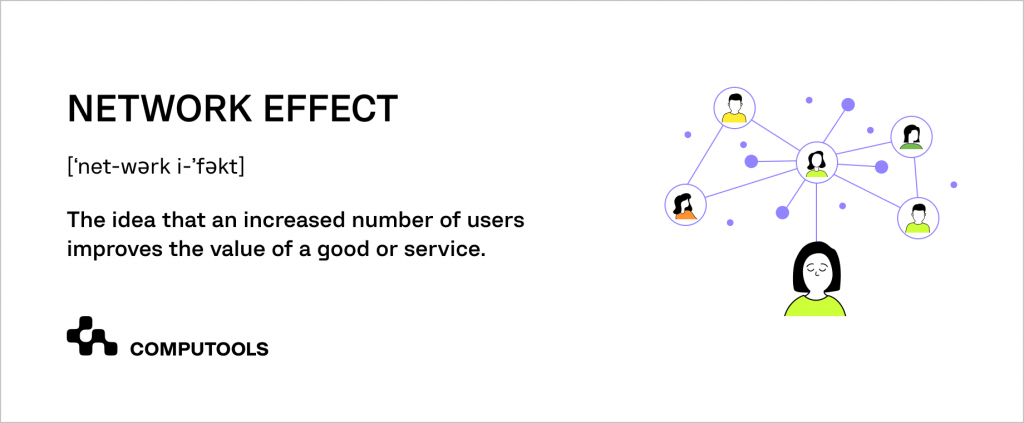
Another aspect of network external effects is the liquidity factor, seen in marketplaces where the presence of many sellers attracts buyers and vice versa, creating value through the sheer volume of transactions.
For example, Uber, with its ride-planning platform, shows this by bringing together a large number of drivers (sellers) and riders (buyers).
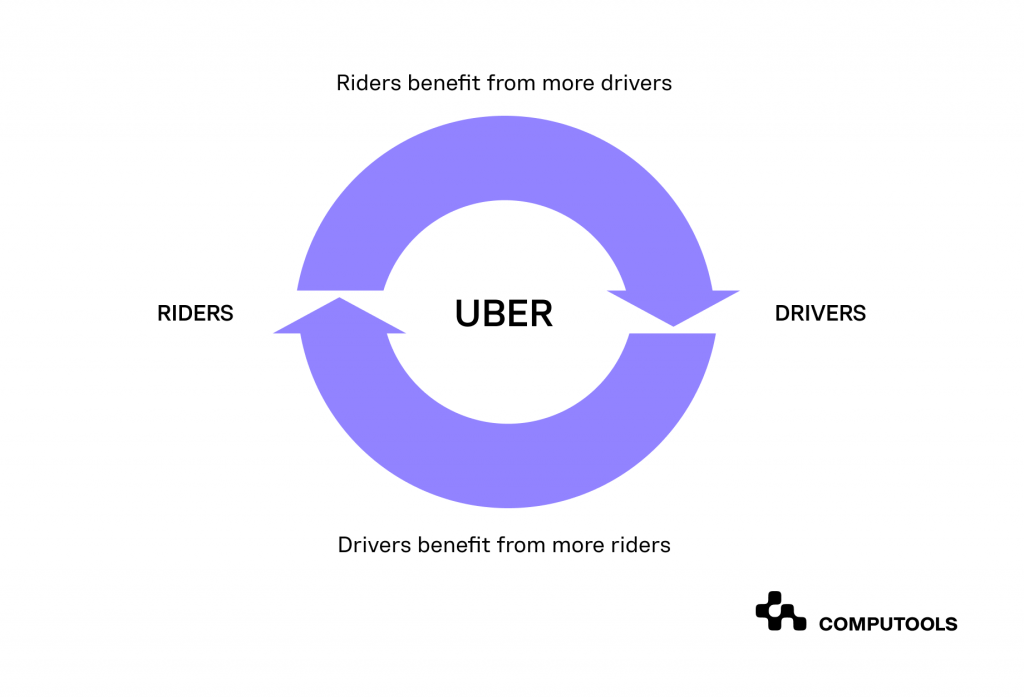
We have to understand that network effects are distinct from economies of scale associated with production.
Network effects arise from user preferences, often described as “increasing returns on the demand side,” where the product or service gains value more as more people use it.
Discover software solutions that can elevate your competitive edge.
Contact us →Understanding Company Capabilities
The ability of a company to gain a significant competitive advantage depends on its resources, which are divided into three categories.
1. Tangible Assets
Tangible assets include the company’s physical assets like buildings, factories, vehicles, and finished goods. A resource becomes valuable when it’s hard to copy.
The unique physical characteristics of tangible assets, such as a centrally located store, often set them apart.
Also, having advanced production capabilities through technological innovations can allow a company to manufacture products more cheaply or with superior quality.
2. Intangible Assets
Intangible assets include non-physical resources developed within the company, such as trademarks, patents, and accumulated knowledge and experience.
Like tangible assets, intangible assets add value if they are difficult to replicate. The research, development, and technological expertise of a company is often challenging and sometimes impossible to replicate because of the significant time gap between the introduction of scientific and engineering advancements and their practical application in production processes.
Another essential factor is longevity, where an intangible asset gains more value if it can endure over time. These assets only add value if they can be appropriated, as demonstrated by Disney’s continued use of Mickey Mouse.
We need to keep in mind that assets are valuable resources when they outperform those of competitors. Today, many companies use consumer marketing skills as a resource to create value.
They do this by employing tools like loyalty cards, which gather a wealth of information to predict consumer spending habits.
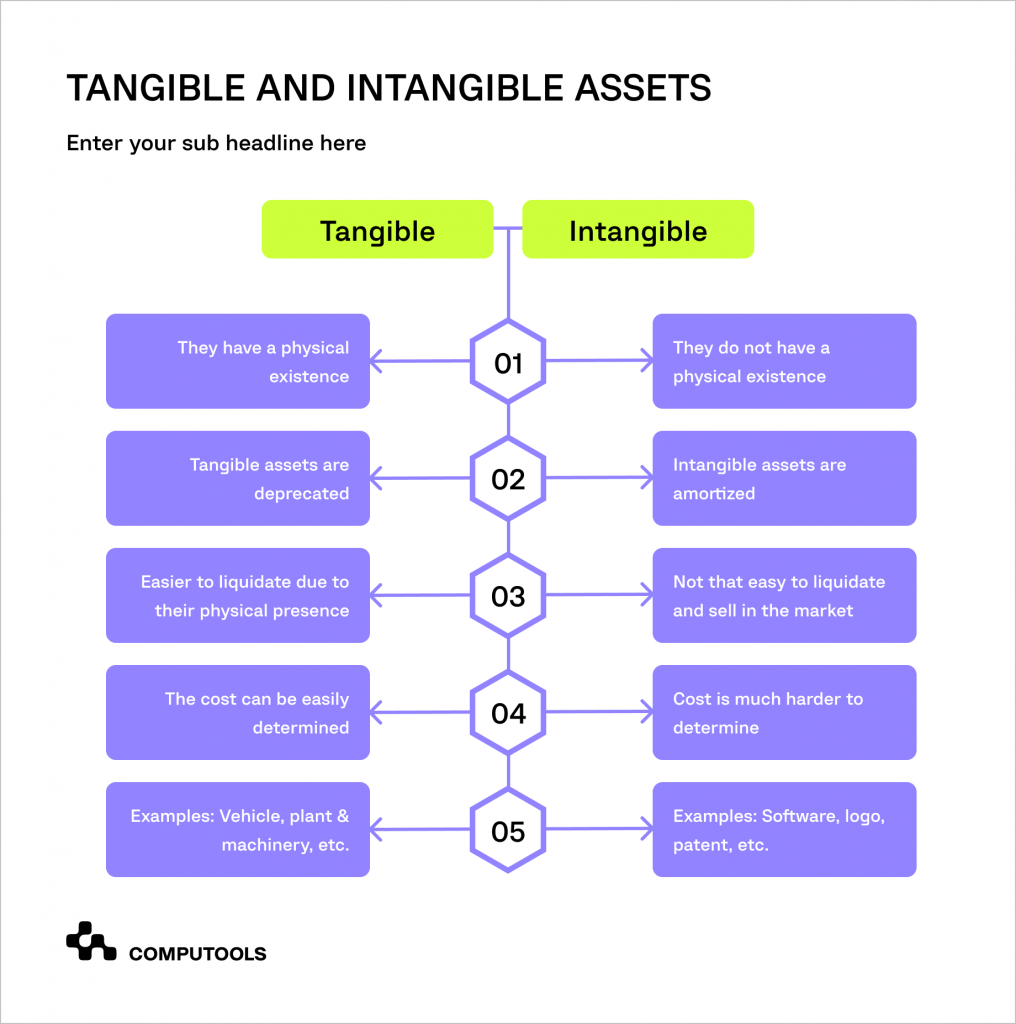
3. Organisational capabilities
Organisational capabilities refer to the combination of assets, people, and processes that determine how effectively a company operates and achieves its goals. These resources become valuable when they help the company gain a competitive advantage.
A company’s organisational capabilities, which determine its efficiency, primarily add value through the learning curve, also known as the experience curve, where the average cost of producing a unit decreases when the level of accumulated production increases.
The learning curve is achieved in the following ways:
• Individual learning relates to the personal accumulation of knowledge and skills.
• Organisational experience involves accumulating strategic knowledge about the best ways to solve problems.
• Industry experience concerns the accumulated innovations related to a specific process or product.
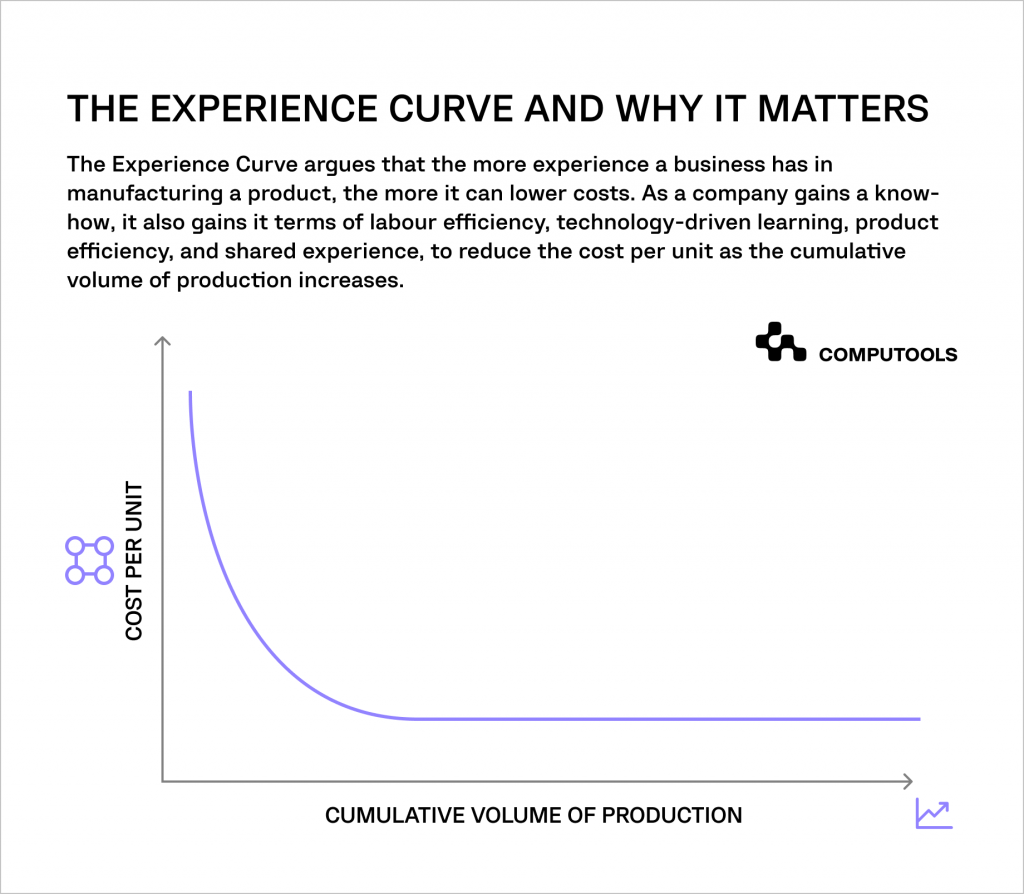
Conclusion
Gaining a competitive edge allows a company to create and seize value effectively. At the core of competitive advantage, there are two key elements: positioning and the company’s capabilities.
Positioning is deeply influenced by decisions around price and quality, whereas network effects are driven by consumer behaviour that is affected by others’ choices or how compatible products are with one another.
A company’s ability to compete is also determined by its resources, including physical assets, intellectual properties, and the efficiency of its operations.
Want to explore more effective strategies and technologies for sustainable business growth?
Reach out to us at info@computools.com to arrange a consultation with our business specialists.









Computools was selected through an RFP process. They were shortlisted and selected from between 5 other suppliers. Computools has worked thoroughly and timely to solve all security issues and launch as agreed. Their expertise is impressive.